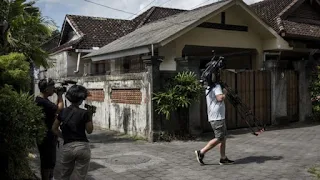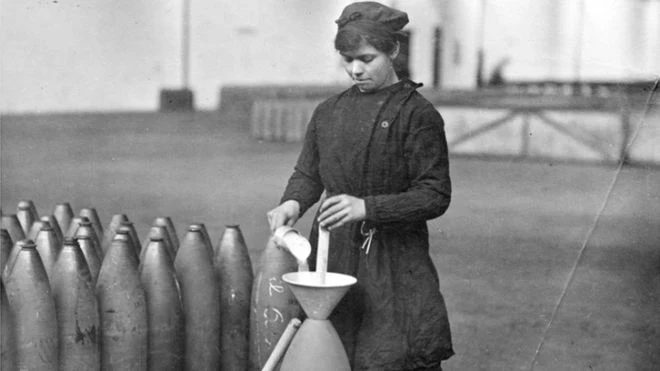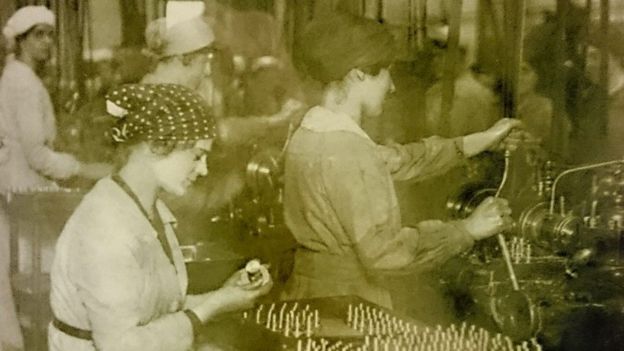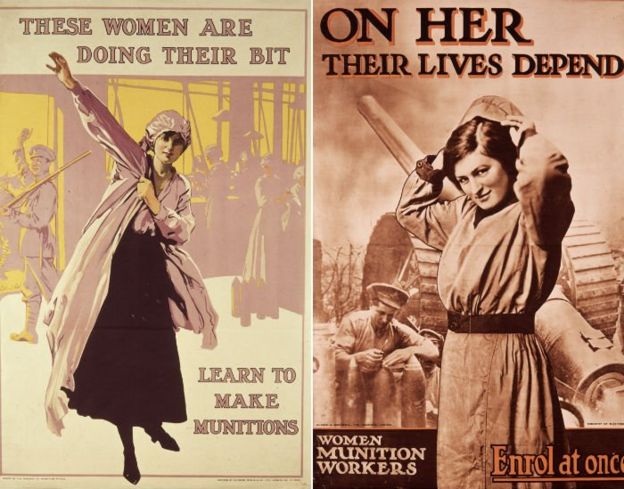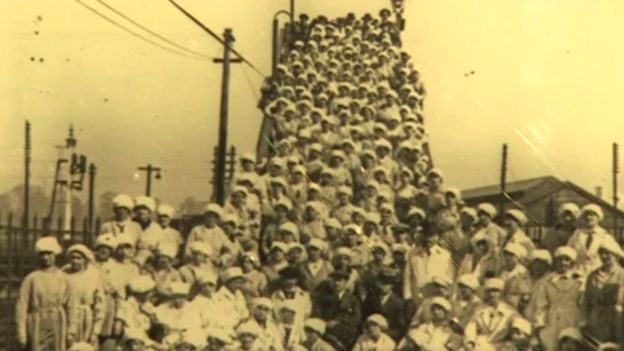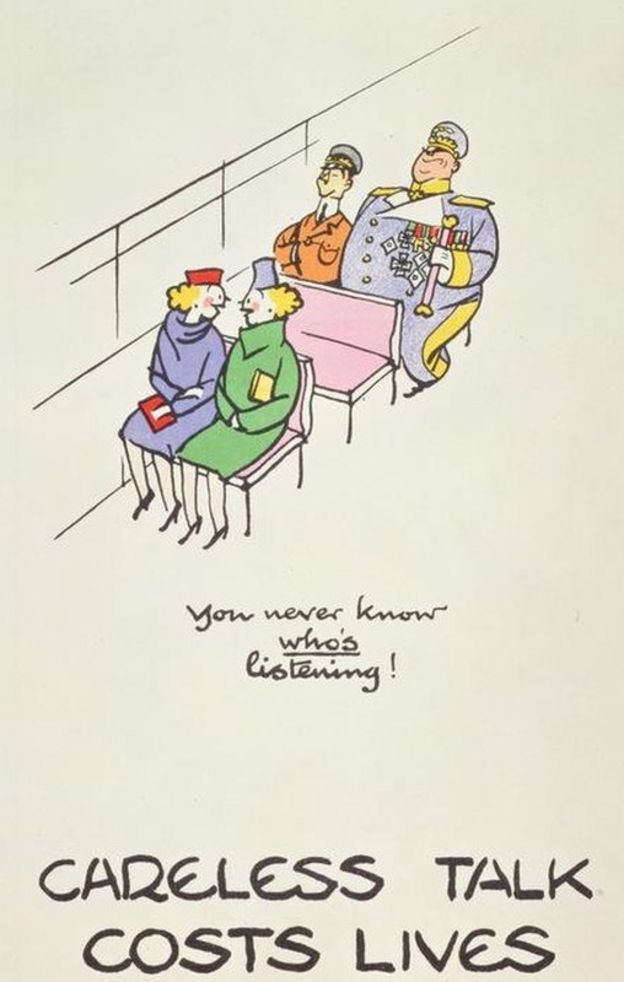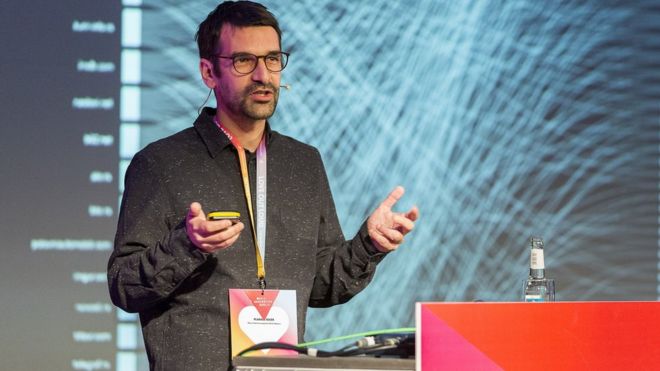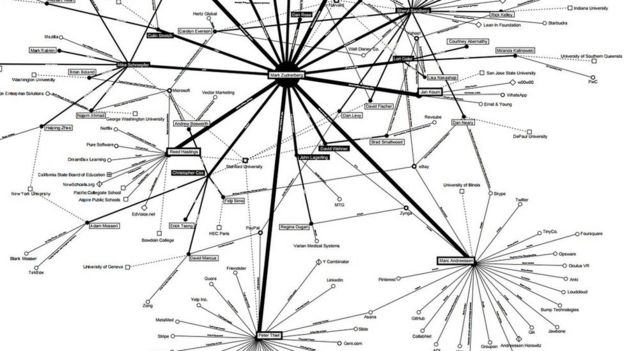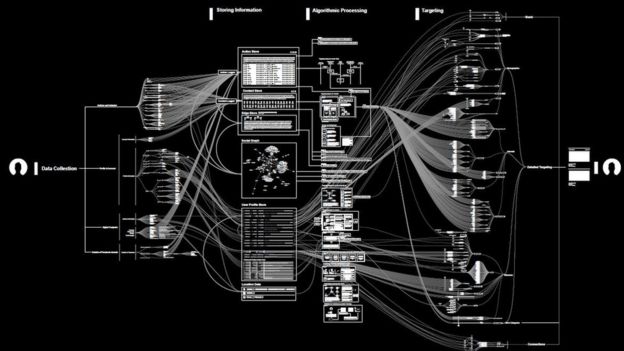Schapelle Corby: The drugs, the circus and a long-awaited return
Australian drug trafficker Schapelle Corby, almost 40, is heading home from Indonesia for the first time in more than 12 years.
She lost her freedom, much of her youth and, it was feared, her sanity after she was caught carrying 4.2kg (9.3lb) of marijuana in her boogie board bag into Bali through Denpasar airport on 8 October 2004.
To the horror of many Australians, the former beauty school student who worked in her parents' fish and chip shop was sentenced to 20 years' jail in Bali's Kerobokan prison.
On Saturday, 12 years to the day after she was sentenced, Corby will be deported from Bali to start a new life at home on Queensland's Gold Coast.
Her sentence was televised live. Australians watched as Corby slapped her forehead repeatedly with her palm and dissolved into tears, while her supporters in the Denpasar Local Court erupted in anger.
But an Australian-based Indonesian law expert says the price could have been so much higher.
Corby's arrest caused one of the greatest rifts in the already testy history of Australian-Indonesian relations.
Many Australians reacted badly to the sight of the small, bronzed Queenslander with big, green eyes locked in a foreign jail for carrying "a bit of dope".
But Tim Lindsey, a professor in Asian law and director of the Centre for Indonesian Law, Islam and Society at the University of Melbourne's Melbourne Law School, says Corby's crime is among the most serious in Indonesian law.
He says in the 1970s the West, led by then US President Richard Nixon and his war on drugs, demanded South East Asian nations with more relaxed drug laws adopt a similar hard-line approach.
Australia, Canada and many EU nations have now backed away from that hard line, but Prof Lindsey says many countries maintain a punitive approach.
"In Indonesia in particular, they take the view that there is no distinction between marijuana and heroin and cocaine. All of those drugs are in category one, the most serious forms of drugs," he says.
"In Indonesia, the death sentence is available for dozens of offences, but is usually only applied to three - particularly serious, premeditated murders get death, terrorism gets death and drugs offences get death.
"Like other countries in South East Asia, in Indonesia trafficking drugs is seen as a form of mass murder [because of the deaths caused by drugs]."
Prof Lindsey says Corby's life was on the line when her trial began in the Denpasar Local Court in January 2005.
"She was certainly facing death. There are three penalties that could be imposed upon her: death, life in prison or up to 20 years in prison," he says.
In Australia, anti-Indonesian sentiment soared.
Sister Mercedes Corby and mother Rosleigh Rose held emotionally-charged media conferences in Bali, proclaiming Schapelle's innocence, demanding the Australian government bring Schapelle home, and floating theories about how the drugs came to be in her bag.
One theory suggested a corrupt baggage handler in Brisbane sent the shipment in Corby's bag, intending it to be intercepted in Sydney before the flight then headed for Denpasar.
But a former member of Corby's defence, Robin Tampoe, later declared that he had made up the theory himself.
Philip Ruddock, who was Australia's attorney-general when Corby was arrested, has said claims of a set-up lack evidence.
"You know, these were claims. It's never been proven that drugs were planted on her," he told the Australian Broadcasting Corp this week.
"I'm sure every endeavour was taken to establish the truth," he said, adding that "some parties might not like the truth".
At the time, Sydney radio shock jock Malcolm T. Elliott described the judges in Corby's case and then-Indonesian President Susilo Bambang Yudhoyono as "monkeys". His inflammatory comments referred to the judges as "straight out of the trees".
Some questioned why Australia handed Indonesia a A$1bn (£577m; $750m) relief package following the 2004 Indian Ocean tsunami if this how a "young, innocent" Aussie girl was treated.
Actor Russell Crowe stepped into Corby's corner. "When there is such doubt, how can we, as a country, stand by and let a young lady, as an Australian, rot away in a foreign prison? That is ridiculous," he said in April 2005.
That same month, Indonesia's consulate-general in Perth received an envelope containing two bullets and a letter that read, in part: "If Schapelle Corby is not released immediately you will all receive one of these bullets through the brain."
Protests both for and against Corby raged in Australia and Indonesia.
Media circus
Prof Lindsey says the unprecedented saga did Corby no favours.
"A circus was whipped up around the case, with crowds of people pushing into proceedings, people yelling and screaming at judges, people abusing judges, people giving press conferences in which judges and the system were abused and attacked," he says.
Her defence team made little effort to displace the prosecution's case, Prof Lindsey says. "It was always very likely that she was going to be convicted," he says.
The behaviour of Corby and her supporters was also a major issue.
"She never admitted guilt - and maybe she didn't do it, I don't know - but she never acknowledged guilt. She never seemed remorseful in court, and she behaved in a highly emotional and sometimes offensive way to the court," Prof Lindsey says.
This counts for much in the Indonesian system come sentencing, he says.
Many Australians were angry at Corby's 20-year jail term, comparing it to the much lighter terms given to some of the minor players in the deadly 2002 Bali bombings, which killed 202 people including 88 Australians.
But Prof Lindsey says despite Indonesia's notoriously clunky legal system, Corby was treated fairly.
He says the judges knew the world was watching and "seemed to manage this case pretty much straight down the line".
"They were provoked sufficiently that they could have given her a very severe sentence," he says. "She got the maximum term of imprisonment below life. It's not life. It's not easy, but it could have been worse."
Appeals and sideshows
A series of appeals between July 2005 and March 2008 ultimately failed to improve Corby's situation.
Her sentence was cut by five years in an October 2005 appeal, but the defence and prosecution appealed that, and the 20-year sentence was reinstated.
One appeal opened in August 2006, with Corby's defence saying CCTV footage from Sydney Airport the day she travelled to Bali would clear her. They were given 10 days to produce it but did not.
If the Corby circus wasn't enough, the sideshows were spectacular and damaged Corby's credibility with her Australian supporters.
In 2005, before her sentence, Queensland businessman Ron Bakir announced he would fund Corby's defence and had retained a law firm to investigate the source of the marijuana in Corby's bag.
He cut ties with the Corby team after alleging a prosecutor had asked for a bribe to reduce the sentence his team would request for Corby. It incensed Corby's legal team, most of whom were later sacked in dramatic and public fashion anyway.
Her half-brother James Kisina, who was with her when she was arrested, was revealed to have criminal convictions, while Mercedes Corby won a defamation case after a television network aired an interview with a family friend.
Other claims surfaced that Corby's father, Michael, had alleged dealings with the drugs trade. He died of bowel cancer in 2008. That year, Corby was admitted to hospital twice suffering from depression.
In 2010, Corby appealed to President Yudhoyono for clemency and her release on humanitarian grounds because of her mental health. He cut her term by five years and, Prof Lindsey says, endured great public criticism and failed legal moves to reverse his decision.
Corby was released on parole in February 2014, nine years and four months after her arrest thanks to Mr Yudhoyono's clemency and regular sentence discounts for Christmas and Indonesian Independence Day.
Mr Lindsey says she was "treated in a reasonable fashion as a drug trafficker in the context of the Indonesian legal system".
Corby has kept a low profile since she was paroled. For now, she lives in a modern villa in Kuta.
Celebrity PR agent Max Markson says Corby could cash in once she comes home, although it is not clear what role Australia's Proceeds of Crime laws might play.
"Schapelle Corby's name has been famous for 12 or 13 years, she's a brand, there's no doubt about it," he said last week. Reality TV and invitations to big events like the Melbourne Cup beckon, he says.
There are reports Corby wants to stay in Bali with her local boyfriend Ben Panangian and her dogs. If she's deported, it's likely she'll be barred from returning for six months.
Prof Lindsey says it's unlikely she'll get to stay. "But nothing has been normal in this case," he says.
BBC






